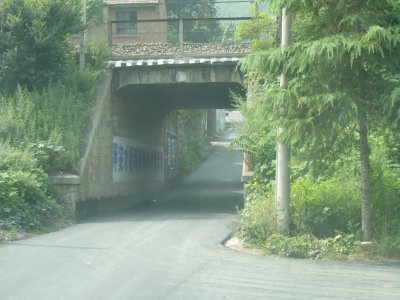
A couple of hours walking. So off we set.
Oops!
Someone had put a railway line in the way. With a low bridge.
The height was long gone. It just looked a tad low for us.
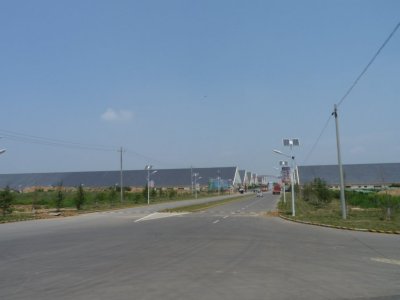
The buildings are associated with some sort of Magnesium plant.
The roofs are completely covered with solar panels.
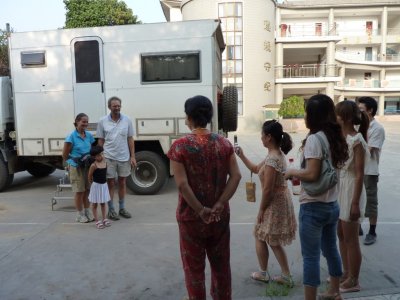
The streets became steadily narrower and the overhead wires steadily lower.
We saw some clear waste ground not far from the museum and old town we were headed to. Had an interesting conversation with a street vendor who made some sort of claim to the ground and wanted money for parking.
While we were parking further up the street we saw a convenient looking school yard and asked the caretaker.
Ideal. And later we were joined by a couple of the teachers and their children.
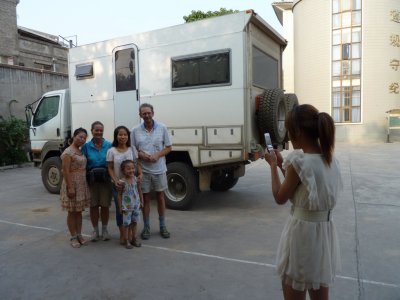
They were also very pleasant people.
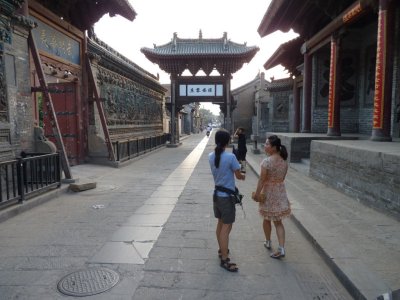
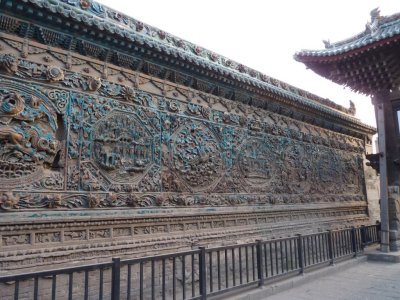
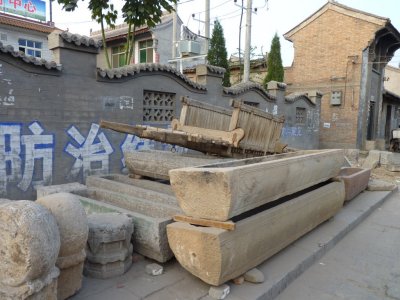
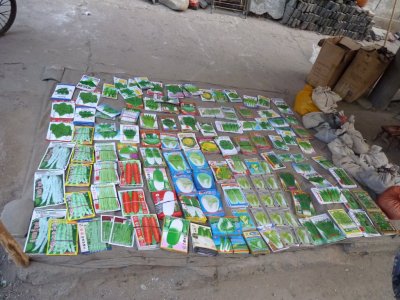
The first, and most obvious, difference is that the shops aren't souvenir shops. These are real shops selling real things to real people.
This is an array of seed packets for people's gardens.
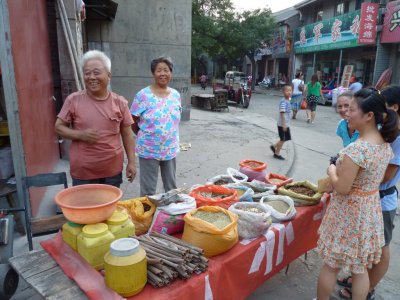
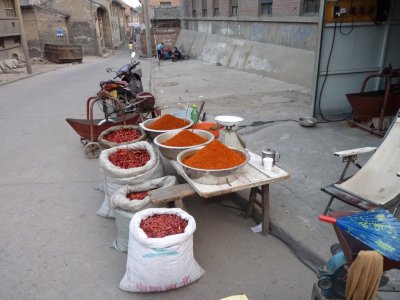
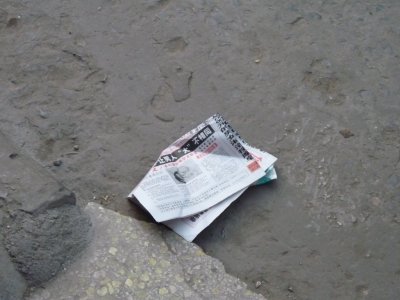
I recognised it becuse we'd been invited into our teacher's landlady's apartment and the junk mail was stuck in the door.
It was discarded in the way that most of it probably is around the world.
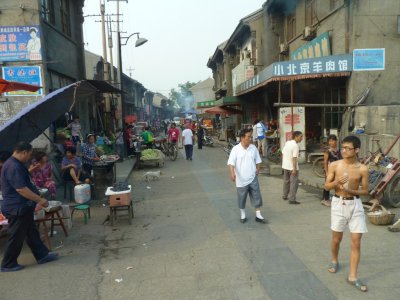
They looked like they had never been renovated. A sense that we were looking at a place that was much the same as it may have been a hundred years or more ago.
Quite a contrast to somewhere like Li Jiang which had an air of having been rebuilt, not just renovated.
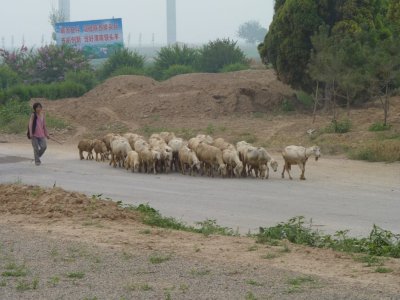
When we got there we saw our first flock of sheep since entering China.
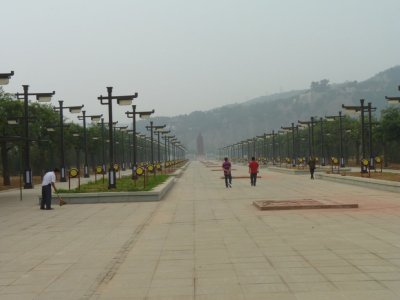
Thus we parked about a km away and walked along a wide paved causeway towards a large statue of Si Ma Qian.
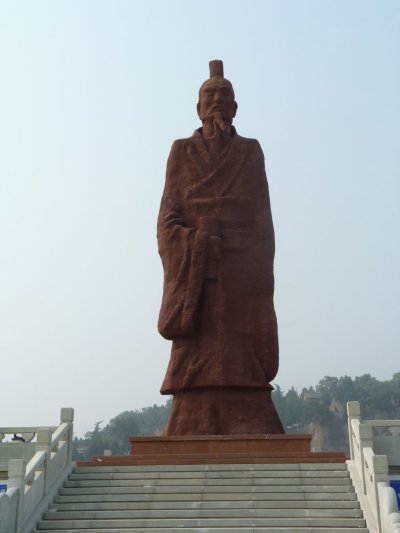
Whether it was an improvement I'll leave for others to decide.
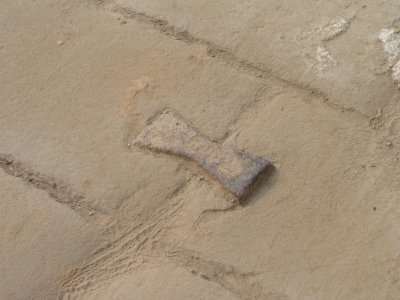
Probably original as the stones had worn while the cast iron hadn't.
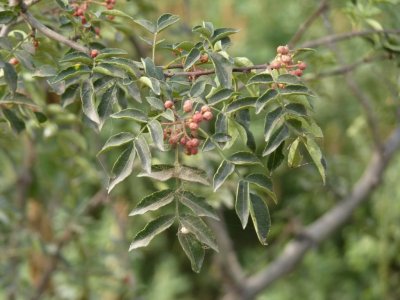
We still don't know the English name for it. Today we saw it growing.
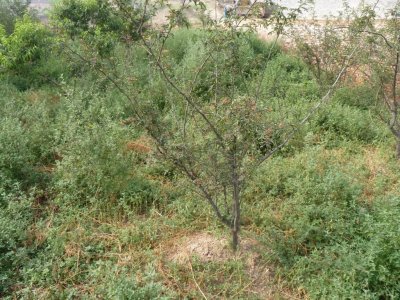
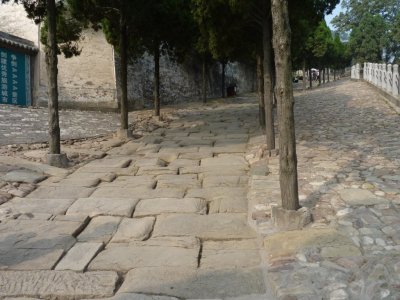
The temple is on a bluff beside the Yellow River. Our guess is that the ancient road went over the bluff.
Original length was 1.5 km. There's about 300m of it remaining.
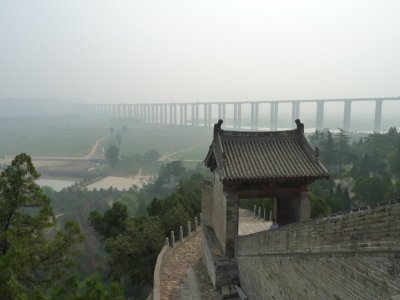
The bridge in the background carries an expressway across the Yellow River. Its a very long bridge.
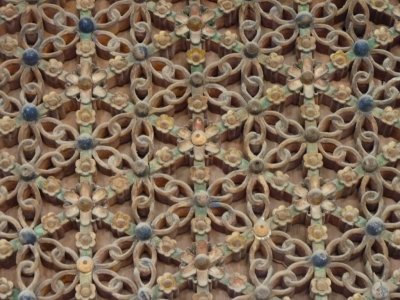
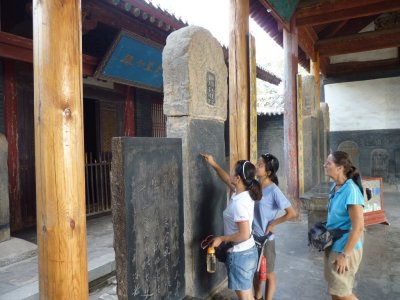
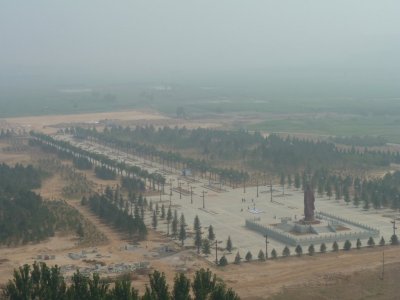
One of the impacts so far is apparently an increase in entry price from 35 RMB to 50 RMB.
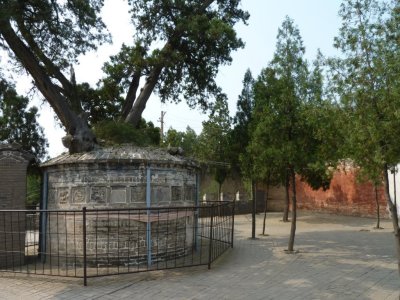
A bit confusing as Si Ma Qian lived a bit before BC and the mausoleum is in the shape of a Mongolian Yurt, ordered by Kublai Khan in about 1200 AD.
Si Ma Qian was the historian who recorded in a structured way the first 3000 years or so of Chinese history.
Unfortunately, along the way he sided with the wrong General. He was imprisoned and castrated. I guess there was not a lot left to do than write a history book.
He is a local hero in Han Cheng. People we met were very insistent we should visit this temple.
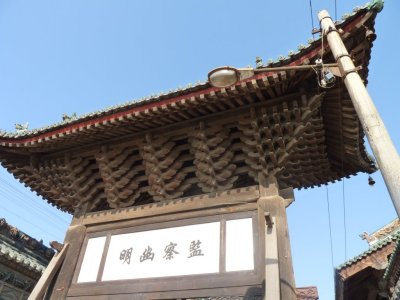
Lots of corbels (remember them?) for something that looks like its about to fall over.
I had developed a sore throat which became a cold then headed deeper into my chest. A couple of days of slow time were suggested.
Independent travel can be quite challenging and tiring at times. Maybe a general sense of doing too much. We built some spare time into the itinerary for just this occasion.
The school caretaker was very understanding as we changed from staying one night to three nights..
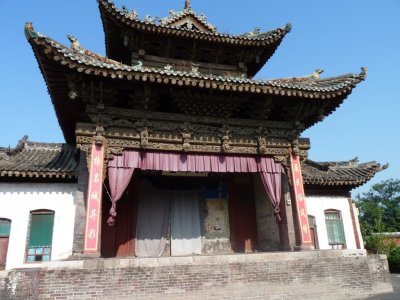
Mention is also made of drum and bell towers. That began us thinking that perhaps there was more to the drum and bell towers we'd seen in Xi'an. We require a bit more research into the general significance and all that sort of stuff.
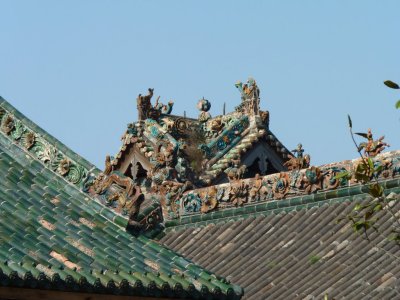
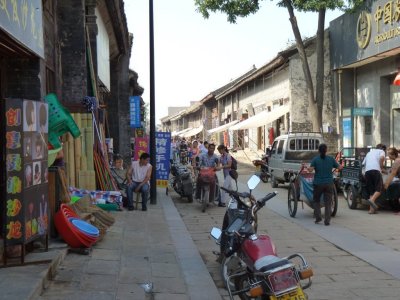
So off we set through the fascinating narrow streets.
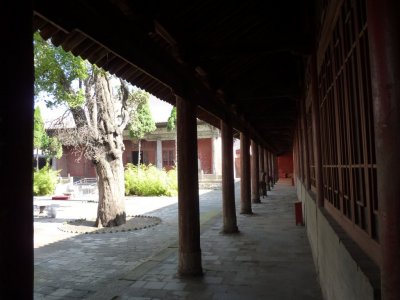
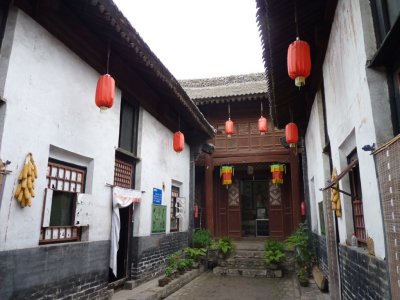
We headed towards Dang Jia Cun. Basically the village of the Dang and Jia families.
They made their money by ferrying people and goods across the Yellow River.
We travelled 10km for the day.
Han Cheng is sometimes described as "Little Beijing". Narrow streets and houses with courtyards.
This is a typical (unrestored) courtyard in Dang Jia Cun.

Along with lots of writings suggesting how life should be led.
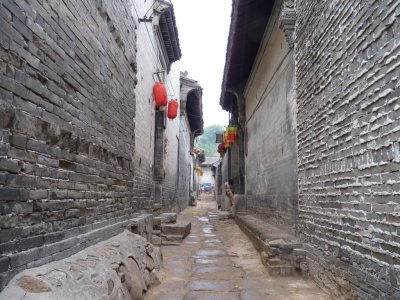
A bit muddy underfoot, in between the stones.
It seems there's a project underway to lay plastic plumbing under the streets providing reticulated water to all the houses.
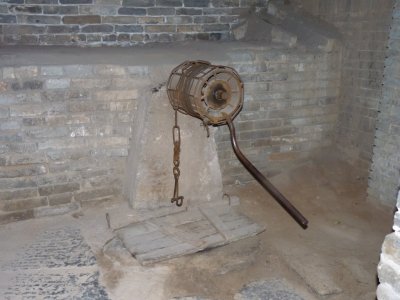
The old way to getting water.
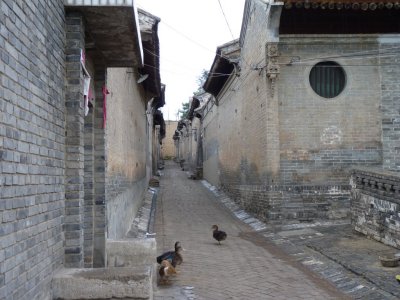
We noticed some hooks on the side of the houses.
They were along a horizontal line on each house, thus a decreasing height above the street stones as the street was uphill.
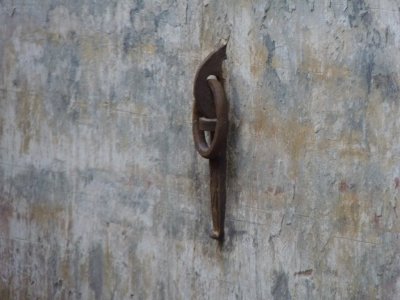
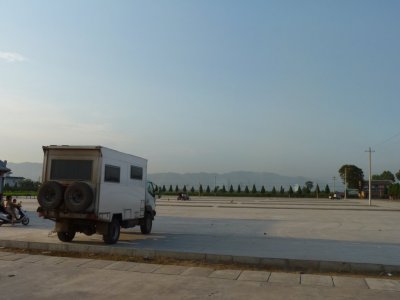
This taken as we went back to the village for feed.
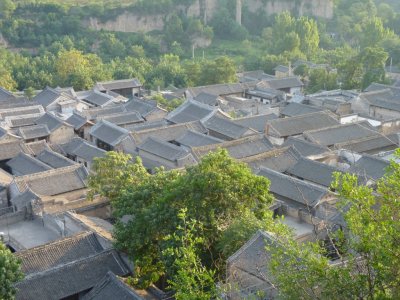
A sunset. In a reasonable location. And the camera battery charged.
Looking down on the village. The narrow streets and courtyards are clearly visible (if one looks carefully).
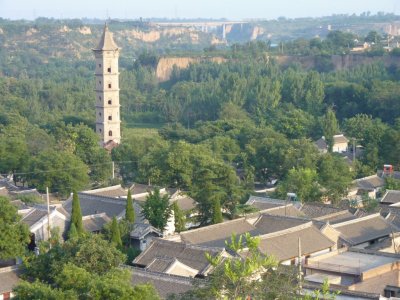
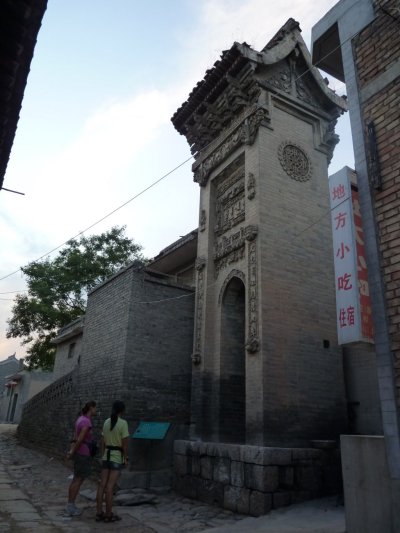
What a wonderful sounding label. If only we knew why!
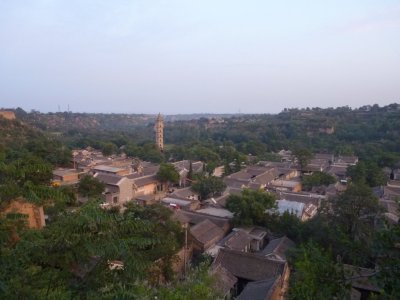
Last shot of the village before we retired to the Tardis to escape the mosquitoes.